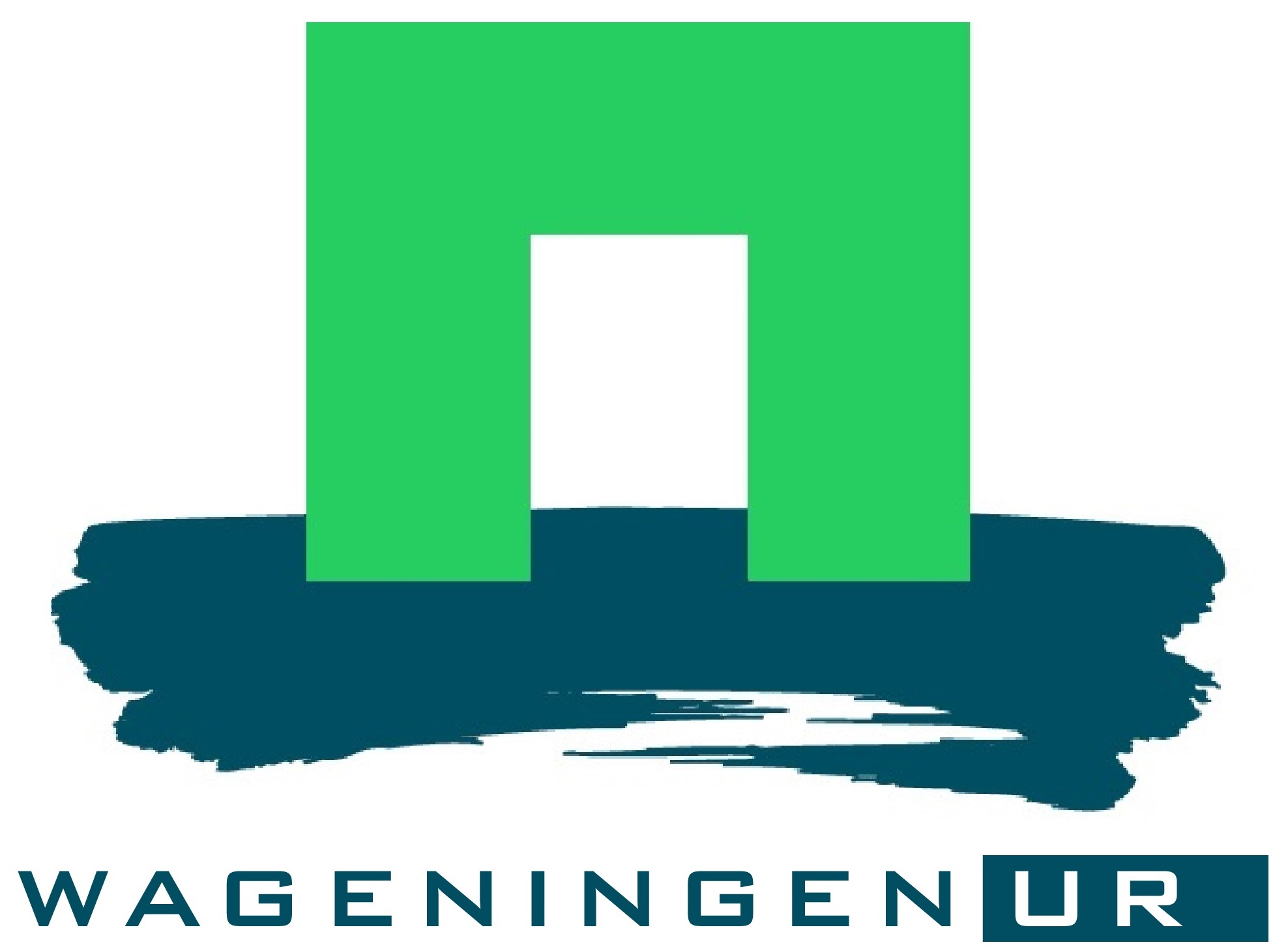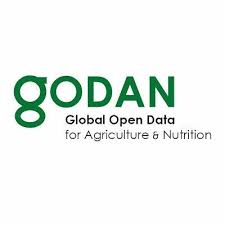Location
6700 HB Wageningen
Wageningen University & Research is a collaboration between Wageningen University and the Wageningen Research foundation.
That is the mission of Wageningen University & Research. A staff of 6,500 and 10,000 students from over 100 countries work everywhere around the world in the domain of healthy food and living environment for governments and the business community-at-large.
The strength of Wageningen University & Research lies in its ability to join the forces of specialised research institutes and the university. It also lies in the combined efforts of the various fields of natural and social sciences. This union of expertise leads to scientific breakthroughs that can quickly be put into practice and be incorporated into education. This is the Wageningen Approach.
The scientific quality of Wageningen University & Research is affirmed by the prominent position we occupy in international rankings and citation indexes.
The domain of Wageningen University & Research consists of three related core areas:
- Food and food production
- Living environment
- Health, lifestyle and livelihood
Wageningen University & Research has branches all over The Netherlands and abroad. A large number of lecturers, researchers and other employees are based at Wageningen Campus.
Members:
Resources
Displaying 1 - 5 of 209Creating the city step-by-step : When incremental development strategies meet institutions
More than meets the eye : a critical semiotic analysis of landscape design visualizations
This thesis investigates the communicative qualities of visual landscape design representations. The main subjects of inquiry were (1) visual design representations in their many forms and appearances; (2) the meanings that are attributed to, or derived from, those representations by designers, planners, and project stakeholders; (3) the participatory planning and design processes of the multifunctional flood defence landscape projects wherein those representations are used.
A bird’s-eye view of recreation : improving the application of scientific knowledge and tools in collaborative decision-making processes
Natural areas are essential for species conservation and outdoor recreation. Where conservation and recreational values are under threat, site managers need to take measures to protect them. Scientific knowledge and tools might help them to predict the outcomes of planned measures and create support amongst stakeholders. To be accepted by all stakeholders the knowledge and tools must possess three attributes credibility, salience and legitimacy.
Integrating local knowledge and remote sensing for eco-type classification map in the Barotse Floodplain, Zambia
This eco-type map presents land units with distinct vegetation and exposure to floods (or droughts) in three villages in the Barotseland, Zambia. The knowledge and eco-types descriptions were collected from participatory mapping and focus group discussions with 77 participants from Mapungu, Lealui, and Nalitoya. We used two Landsat 8 Enhanced Thematic Mapper (TM) images taken in March 24th and July 14th, 2014 (path 175, row 71) to calculate water level and vegetation type which are the two main criteria used by Lozi People for differentiating eco-types.




